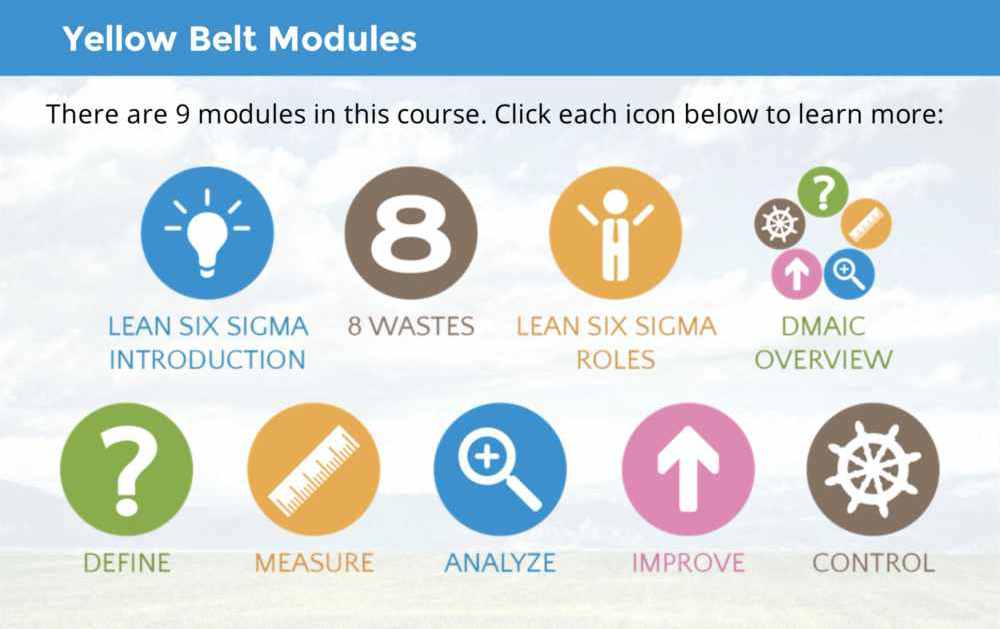End-To-End Consulting And Digital Solutions On Waste-To-Energy

Muncipal Solid Waste Core Process Management


Compositing
Composting is a natural biological process, carried out under controlled aerobic conditions (requires oxygen). In this process, various microorganisms, including bacteria and fungi, break down organic matter into simpler substances. The effectiveness of the composting process is dependent upon the environmental conditions present within the composting system i.e. oxygen, temperature, moisture, material disturbance, organic matter and the size and activity of microbial populations.
Since approximately 45 - 55% of the waste stream is organic matter, composting can play a significant role in diverting waste from landfills thereby conserving landfill space and reducing the production of leachate and methane gas. In addition, an effective composting program can produce a high quality soil amendment with a variety of end uses.
Waste-To-Energy
Waste-to-energy is a way to recover valuable resources Waste-to-energy isn’t just a trash disposal method. It’s a way to recover valuable resources. Waste-to-energy is a vital part of a sustainable waste management chain and is fully complementary to recycling.
Today, it is possible to reuse 90 % of the metals contained in the bottom ash. And the remaining clinker can be reused as road material.


Energy Generation
Energy from waste offers recovery of energy by conversion of non-recyclable materials through various processes including thermal and non-thermal technologies. Energy that is produced in the form of electricity, heat or fuel using combustion, pyrolization, gasification or anaerobic digestion is clean and renewable energy, with reduced carbon emissions and minimal environmental impact than any other form of energy.

RDF (Refuse Derived Fuel)
Municipal governments throughout the world are facing choices about how to manage the unending stream of waste generated by their residents and businesses. In some places landfills and dumpsites are filling up, and all landfills and dumpsites leak into the environment. As populations continue to grow, the issue of waste becomes more urgent and more complicated.
RDF production line consists of several unit operations in series in order to separate unwanted components and condition the combustible matter to obtain the required characteristics. The main unit operations are screening, shredding, size reduction, classification, separation either metal, glass or wet organic materials, drying and densification.

Indicative net Calorific value of RDF vs Coal
Both fuels were co-combusted with coal in a 50 kW fluidized bed combustor and the metal emissions were compared. Synthetic SRF was prepared in the laboratory by grinding major constituents of MSW such as paper, plastic, textile and wood. RDF was obtained from a local mechanical treatment plant. Heavy metal emissions in flue gas and ash samples from the (coal+10% SRF) fuel mixture were found to be within the acceptable range and were generally lower than that obtained for coal+10% RDF fuel mixture.


Leachate Waste Management
Leachate generation is a major problem for municipal solid waste (MSW) landfills and causes significant threat to surface water and groundwater.
No matter how hard landfill designers and operators try to avoid generating waste, through waste reduction, re-use, recycling, composting. Not to mention the many other methods of waste pre-treatment prior to landfilling. Landfilling will continue for many years yet, and thus leachate generation and its safe disposal without causing pollution, is a problem which is here to stay.


